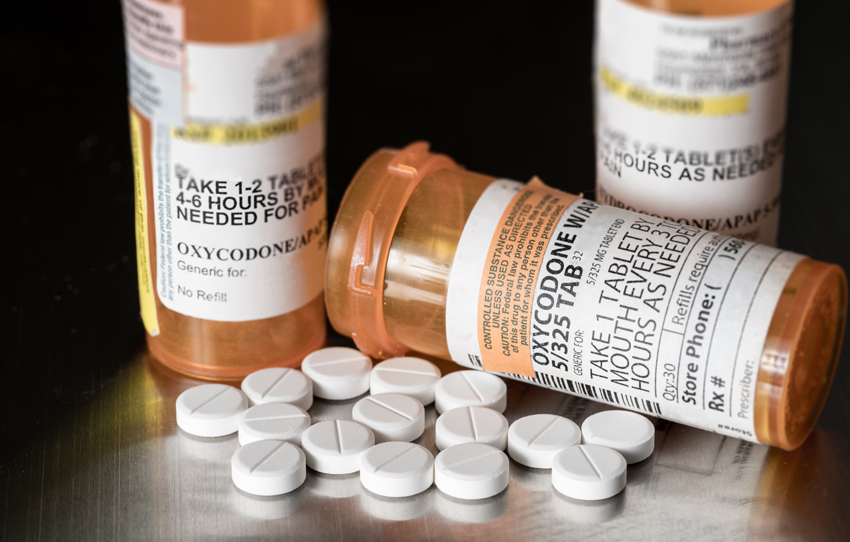Opioids not superior to nonopioids in treating OA pain

There are no advantages to opioid medications compared with nonopioids in treating hip or knee osteoarthritis or severe chronic back pain at 12 months, according to findings published in the Journal of the American Medical Association.
“The study is important because it assessed effects of opioid treatment compared with active nonopioid medication treatment over 12 months,” Erin E. Krebs, MD, MPH, of the Minneapolis VA Health Care System and the University of Minnesota, told Healio Rheumatology.
According to Krebs, chronic back pain and osteoarthritis are “among the most common reasons why people are prescribed opioids for long-term use.”

“Previous randomized controlled trials have been short-term — less than 16 weeks — and compared opioids with placebo,” she said. “No prior randomized controlled trial reported long-term pain, function or quality of life outcomes of opioids. Long-term outcomes are important for people with chronic pain because chronic pain is long-term by definition.”
To compare opioids to nonopioid medications in the treatment of OA and chronic back pain over a 12-month period, the researchers conducted a randomized trial with 240 participants recruited from VA primary care clinics from June 2013 through December 2015. All eligible enrolled patients had moderate-to-severe chronic back pain or knee or hip OA despite previous analgesic use. The 240 participants were randomly split evenly to receive either opioid or nonopioid treatment, with 119 in each group completing the follow-up assessment necessary for inclusion in the primary analysis.
Both treatment groups followed a “treat-to-target” strategy for improved pain and function, which included multiple options in three stages. In the patients treated with opioids, the first stage included the use of immediate-release morphine, oxycodone or hydrocodone/acetaminophen. The nonopioid group used acetaminophen or an NSAID. Treatment regimens were altered according to each patient’s response. The primary outcome was pain-related function over 12 months.
According to the researchers, the two groups did not significantly differ in pain-related function over 12-months (P = .58). In addition, pain intensity was significantly better in the nonopioid group over the 12-month period (P = .03), and adverse medication-related symptoms were significantly more common in the opioid group (P = .03).
“We found that opioids had no advantages over nonopioid medications for pain, function or quality of life in patients with low back pain and osteoarthritis pain,” Krebs said. “On the main outcome that measures how pain interferes with life, the groups didn’t differ. Other important findings were that people treated with nonopioid medications had more improvement in pain and fewer bothersome side effects than people treated with opioids.”
According to Krebs, opioids are unlikely to help patients with chronic back pain or arthritis pain. Instead, patients and providers should consider other nonopioid or nonmedication treatments, she said.
“In this study, patients in both arms received careful follow-up with a clinical pharmacist and medication was adjusted based on how they responded to each treatment change,” Krebs said. “All pain medications work for only a subset of people, so careful ‘trial and error’ is often needed to find the right medication regimen. Also, although we studied medications, it is important to remember that medications are not the only treatments for chronic pain. Guidelines recommend exercise, rehabilitation therapies and other nonmedication approaches as the best ways to manage chronic back pain and osteoarthritis pain.” – by Jason Laday
Disclosure: The researchers report funding from the U.S. Department of Veterans Affairs Health Services Research and Development Service. See the full study for additional disclosures.

